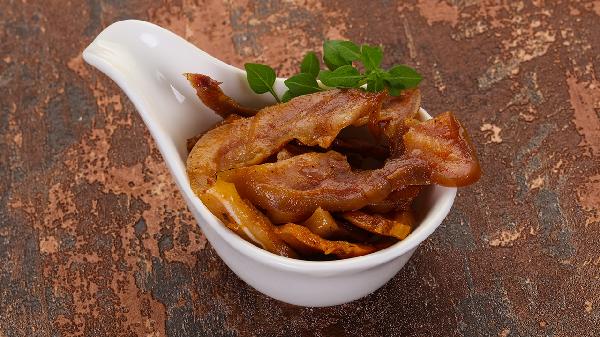If you're trying to lose weight, tracking macros can be a game-changer. Unlike traditional calorie counting, focusing on macros (short for macronutrients—protein, carbs, and fats) helps you optimize your diet for fat loss while keeping energy levels high. It’s not just about eating less—it’s about eating smarter.

Why Macros Matter for Weight Loss
Calories are important, but where those calories come from makes a huge difference. Protein keeps you full and preserves muscle, carbs fuel your workouts, and fats support hormone function. By balancing these three, you can lose fat without feeling like you're starving or running on empty.
How to Calculate Your Macros
First, figure out your daily calorie needs based on your activity level and weight loss goals. Then, break those calories into macros:
A 150-pound person aiming for 1,800 calories might do: 150g protein (600 cal), 60g fat (540 cal), and 165g carbs (660 cal).
Tracking Like a Pro
Apps like MyFitnessPal or Cronometer make macro tracking easy—just log your meals and adjust as needed. Don’t obsess over hitting numbers exactly—close enough is fine. Pro tip: Meal prepping helps you stay consistent without daily guesswork.
Common Mistakes to Avoid
The Bottom Line
Tracking macros isn’t magic, but it is a powerful tool for sustainable weight loss. Once you get the hang of it, you’ll notice better energy, fewer cravings, and steady progress—without the misery of crash diets. So grab an app, plan your meals, and watch those results roll in.
























